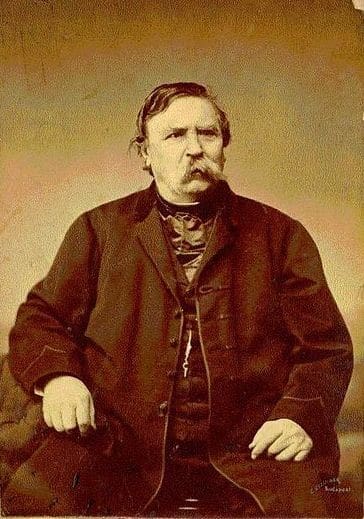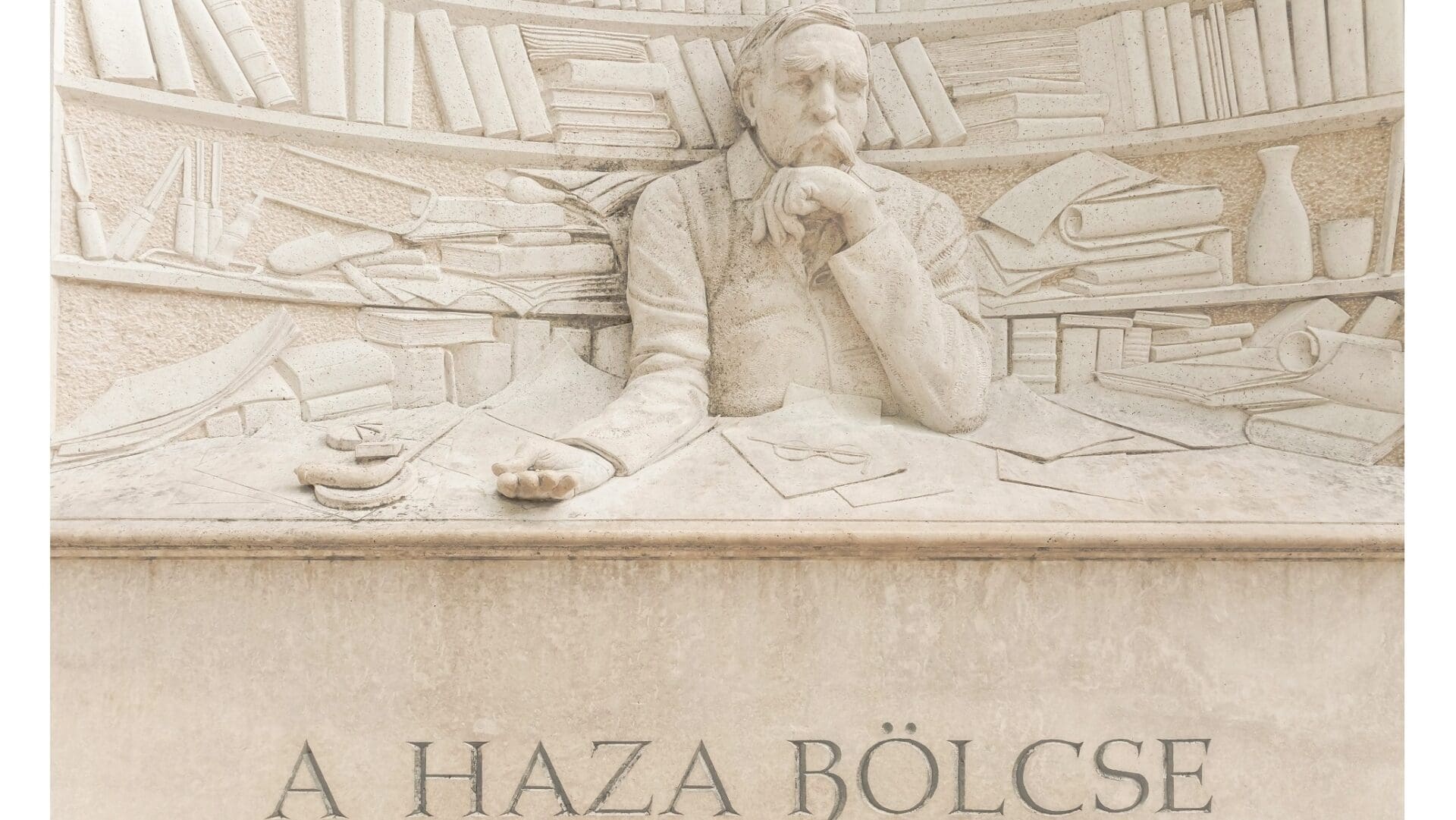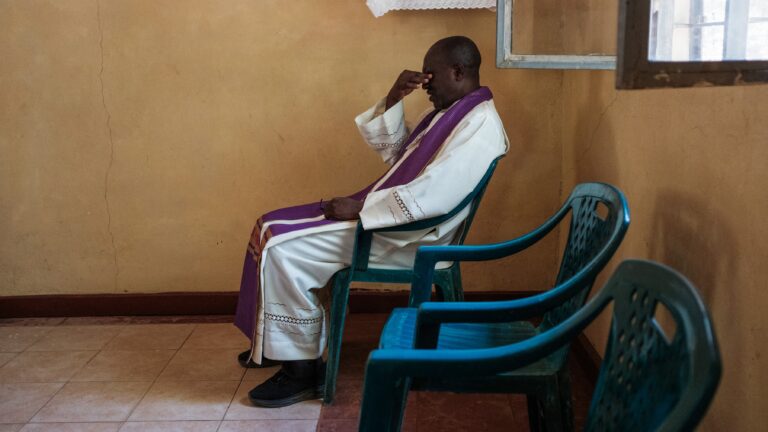If you spend any time in Hungary, you cannot escape coming across the name of Ferenc Deák. He has countless public spaces and institutions named after him (most notably, Deák Square is a popular tourist spot and a major junction for public transportation in Budapest). His face is on the highest denomination of Hungarian currency, the 20,000 HUF bill. You can also often hear him referred to as ‘the Wiseman of the Homeland’.
Those who know a little bit about Hungarian history may be aware that Deák was the first Minister of Justice the country ever had, as well as the primary facilitator of the Austro–Hungarian Compromise of 1867. He passed away exactly 148 years ago today, on 28 January 1876.
The Life and Work of Ferenc Deák
Deák was born on 17 October 1803 in Söjtör, Kingdom of Hungary (which was part of the Habsburg Empire at the time). He came from nobility: his father was nobleman, landlord, and jurist Ferenc Deák de Kehida. His brother served in the Diet of Hungary in Pozsony (or Pressburg, today Bratislava, Slovakia). While he was away, Ferenc looked after the family estate, while also studying law in the nearby town of Győr.
In 1833, however, the siblings’ role reversed. Now, it was Ferenc who regularly travelled to Pozsony to take part in the legislature. He was a staunch defender of the rights of the peasantry, and an avid advocate for the usage of the Hungarian language in official matters, as opposed to Latin as was the custom at the time. After the Diet was dissolved by the Emperor in 1836, he started circulating pamphlets without the approval of the state censors. Although the pamphlets were confiscated, due to his good reputation, Deák was never punished.
During the 1848–1849 Hungarian Revolution and Freedom Fight, he took on the role of Minister of Justice in Lajos Batthyány’s cabinet, becoming the first man in the country’s history to serve in the office. He was among the more pessimistic men in the cabinet, always doubtful of the Revolution’s success. His fears came to reality in August 1849, when the Hungarian army surrendered at Világos.

After the Revolution, Deák too was arrested. However, he was never convicted of any crimes.
Thus, he was allowed to continue his political career. In 1861, he returned to the Diet of Hungary (which convened in Pest, Hungary this time), as a member of the liberal Address Party.
He made a peaceful resolution between the Hungarians and the Habsburgs the focus of his professional life.
In 1867, his ideas finally came to fruition. With the Austro-Hungarian Compromise of 1867, the dual monarchy of Austria–Hungary was born. He and Count Gyula Andrássy led successful negotiations with Emperor Francis Joseph I to make foreign relations, finance, and the military ‘joint affairs’ of the two countries, with their respective ministries having partially Hungarian leaderships from that point onward. Previously, these were under the exclusive purview of the Emperor’s court in Vienna.
He remained a member of the Hungarian national assembly until his death in 1876. He was a lifelong bachelor, never married, and never had any children, but he lives on in his rich legacy. After his death, his greatness was commemorated by a law passed by the parliament, which also called for the sculpting of a statue of him, paid for by public funds.
Related articles:








